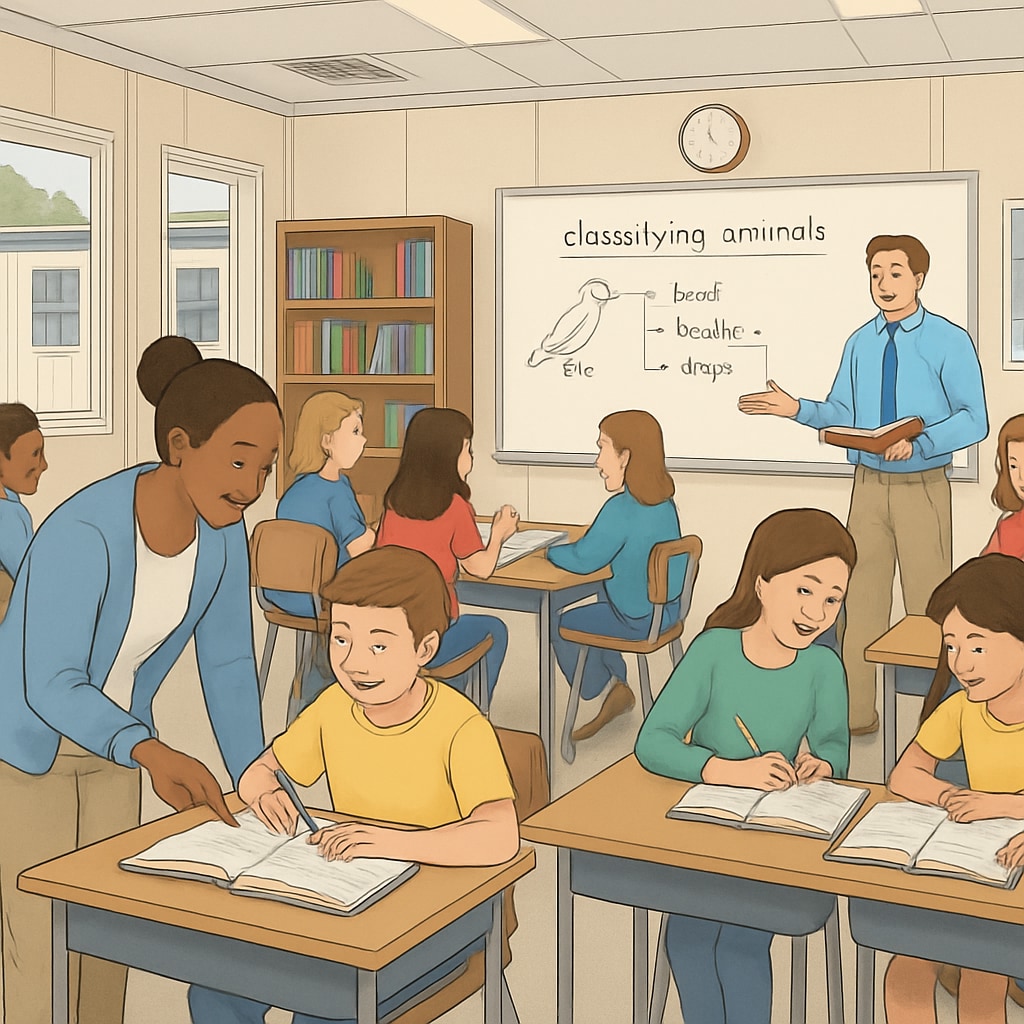When schools undergo rebuilding, the resulting changes in the campus environment can significantly affect students’ educational experiences, mental well-being, and the role of parental involvement. Adjusting to temporary school environments often means smaller spaces, fewer facilities, and logistical hurdles. However, with the right strategies, parents and schools can work together to ensure children receive a well-rounded education during these transitional periods.
Understanding the Impact of Temporary School Environments
Temporary school environments often lack the resources and infrastructure of permanent campuses. Classrooms may be crowded, outdoor spaces reduced, and specialized facilities like libraries or science labs unavailable. These limitations can make it harder for students to focus, engage, and thrive academically. In addition, the unfamiliarity of the space can affect their emotional well-being, causing anxiety or a sense of instability.

Parents also face unique challenges. Temporary campuses may be located farther from home, making drop-offs and pick-ups more time-consuming. Opportunities for parental involvement, such as volunteering or attending school events, may also diminish due to space constraints or logistical issues. These factors can create a disconnect between parents, teachers, and the school community.
Strategies to Maintain Quality Education During School Rebuilding
Despite these challenges, parents and schools can implement proactive measures to ensure children continue to receive quality education:
- Open Communication: Schools should maintain transparent communication with parents, providing regular updates on the rebuilding process, changes in schedules, and any support available.
- Flexible Learning Approaches: Teachers can adapt lesson plans to maximize the use of limited resources. For example, outdoor learning can replace traditional classroom activities when indoor space is limited.
- Parental Support Networks: Parents can form or join support groups to share transportation responsibilities and collaborate on extracurricular activities for their children.
- Virtual Engagement: Schools can use virtual platforms to involve parents in school events, parent-teacher meetings, or workshops, minimizing the impact of physical space limitations.
By implementing these strategies, both schools and parents can turn temporary challenges into opportunities for growth and collaboration.

Building Resilience in Children During Transitions
Helping children adapt to temporary school environments involves more than just academics. Emotional resilience plays a critical role in their overall experience. Here are some ways parents can support their children:
- Maintaining Routines: Consistent daily routines, including homework times and bedtime schedules, can provide a sense of stability.
- Encouraging Communication: Encourage children to express their feelings about the new environment. Listen actively and reassure them about the temporary nature of the changes.
- Promoting Social Connections: Facilitate opportunities for your child to bond with classmates, even outside of school, to maintain a sense of community.
- Celebrating Progress: Acknowledge and celebrate milestones in the rebuilding process, such as the completion of a new facility, to instill hope and excitement.
Ultimately, fostering resilience helps children navigate transitions with confidence and optimism.
The Role of Schools in Supporting Parents
Schools play an essential role in addressing parental challenges during rebuilding phases. For instance, they can:
- Provide Clear Schedules: Offering predictable schedules for bus routes, after-school programs, and construction updates can help parents plan effectively.
- Host Informational Sessions: Regular meetings to address parents’ concerns can strengthen trust and cooperation.
- Offer Counseling Services: Schools can provide access to counselors for both students and parents to manage stress related to the temporary environment.
These efforts pave the way for a partnership between parents and educators, ensuring children’s educational experiences remain uninterrupted.
Conclusion: A Joint Effort for Success
Temporary school environments during rebuilding phases present significant challenges for students, parents, and educators alike. However, by fostering open communication, adapting to new circumstances, and prioritizing emotional well-being, it is possible to safeguard the quality of education. Collaboration between schools and families is key to turning this transitional period into a constructive and enriching experience for everyone involved.
As schools rebuild for a better future, the collective effort of parents, teachers, and administrators will ensure that children continue to flourish academically, socially, and emotionally.
Readability guidance: Short paragraphs, bullet points for clarity, and consistent use of transition words ensure the article remains accessible and engaging for all readers.


